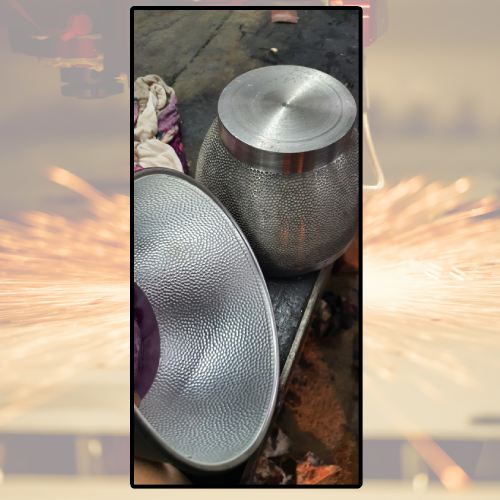
Chemical etching, a precise and versatile process for creating intricate designs on metal surfaces, has a rich history of applications in various industries. As technology continues to advance, the future of chemical etching holds exciting prospects, ranging from innovative techniques to sustainable practices. In this article, we will explore some of the key trends and advancements shaping the future of chemical etching.
Nanotechnology Integration: Pioneering Microscale Etching The integration of nanotechnology into chemical etching processes opens doors to producing microscopic features with unparalleled precision. Applications include micro-electromechanical systems (MEMS), lab-on-a-chip devices, and sensors for medical, environmental, and industrial purposes.
Digital Design and Rapid Prototyping: Expanding Creative Horizons The evolution of computer-aided design (CAD) and digital manufacturing allows for more complex and intricate designs to be translated into etched metal surfaces. Rapid prototyping enables quicker turnaround times and facilitates the testing of novel design concepts.
Selective Etching for Functional Surfaces Researchers and engineers are exploring selective etching techniques to create functional surfaces with varying properties, such as hydrophobicity, hydrophilicity, and conductivity. These surfaces find applications in self-cleaning materials, microfluidics, and electronic components.
Green Chemistry and Sustainability: Eco-Friendly Etching Solutions The future of chemical etching is intertwined with sustainable practices. Innovations in environmentally friendly etching solutions, waste reduction, and recycling processes contribute to a more eco-conscious approach to metal engraving.
Smart Etching: Integration with IoT and Connectivity Chemical etching can play a role in the Internet of Things (IoT) era by enabling the creation of etched patterns that interact with sensors and devices. Smart etched surfaces could have applications in security, authentication, and data communication.
Advanced Material Compatibility: Etching Beyond Metals While traditionally focused on metals, chemical etching is expanding its horizons to etch a broader range of materials, including ceramics, semiconductors, and polymers. This diversification opens new avenues for innovation across industries.
3D Chemical Etching: Adding Depth to Designs The integration of 3D etching techniques allows for the creation of multi-dimensional patterns on metal surfaces. This can add texture, depth, and a tactile element to engraved products, enhancing their visual and sensory appeal.
Automated and Robotic Etching Systems: Precision at Scale Automation and robotics are poised to transform the efficiency and scalability of chemical etching processes. Automated systems can handle intricate designs and repetitive tasks while maintaining the highest level of precision.